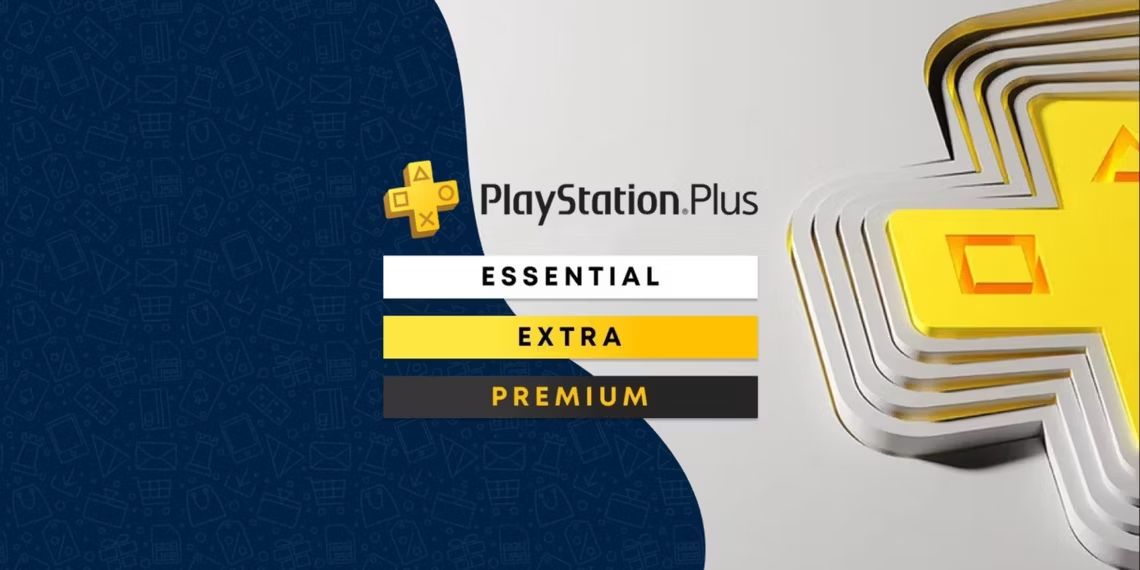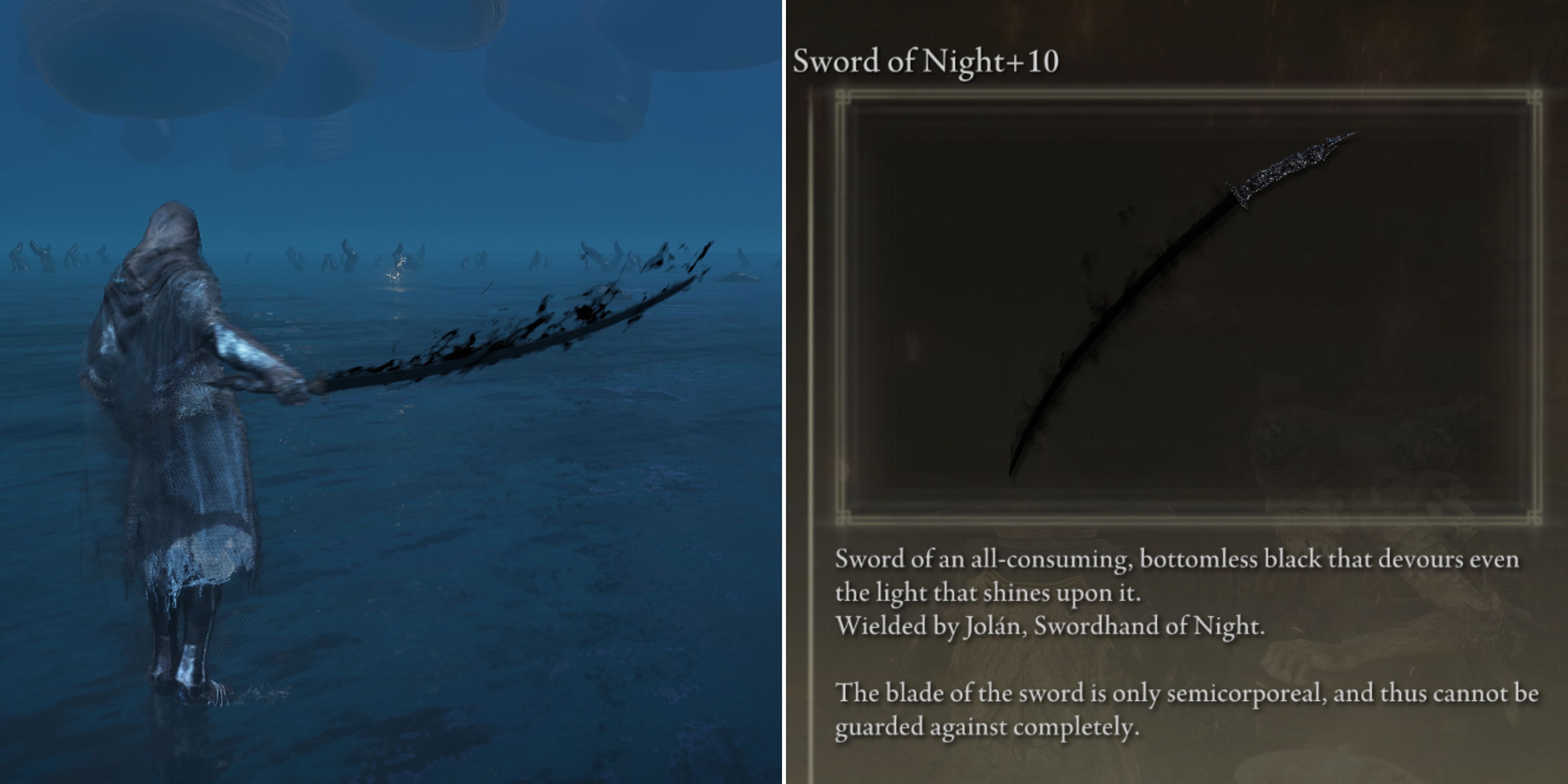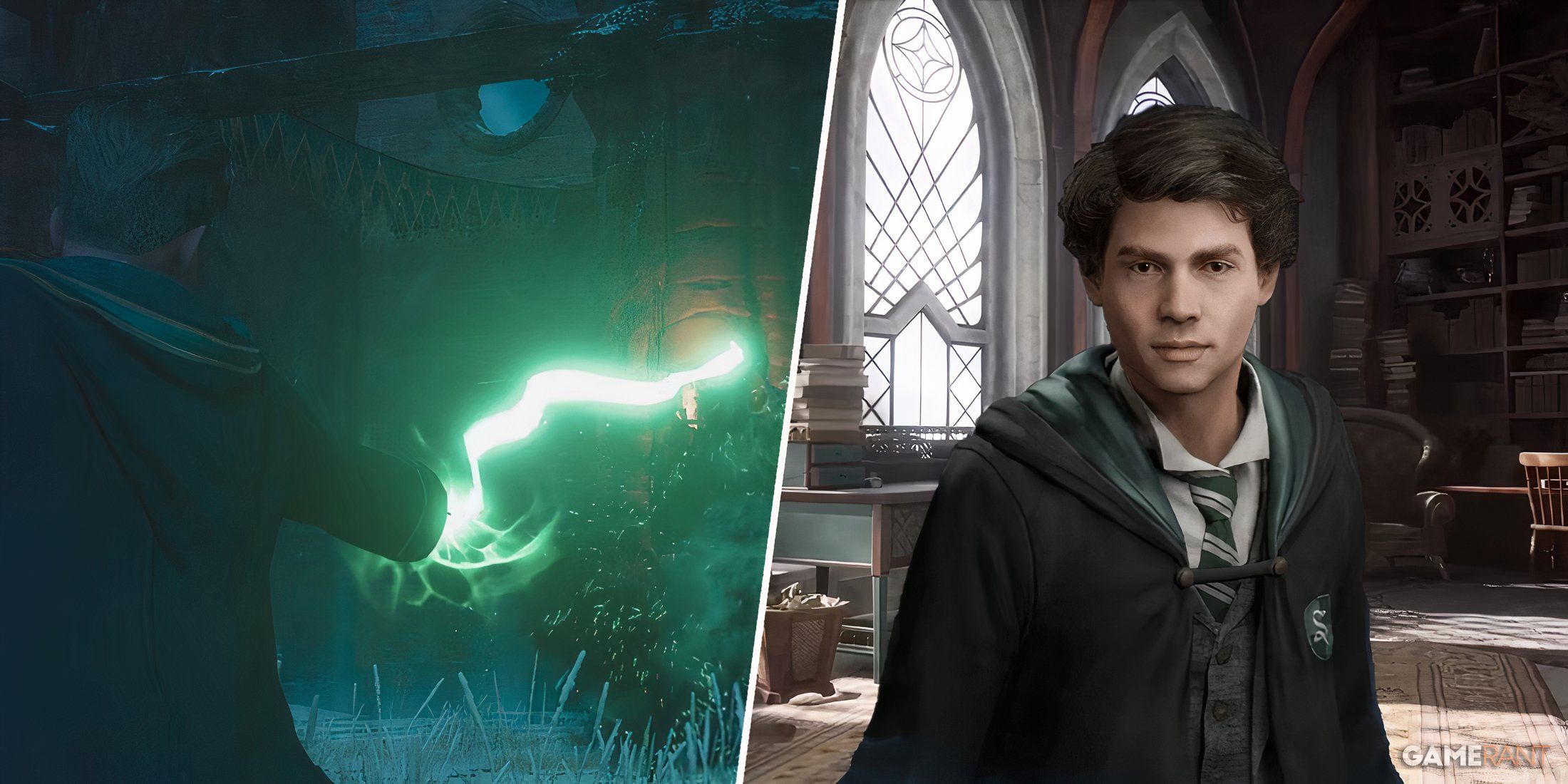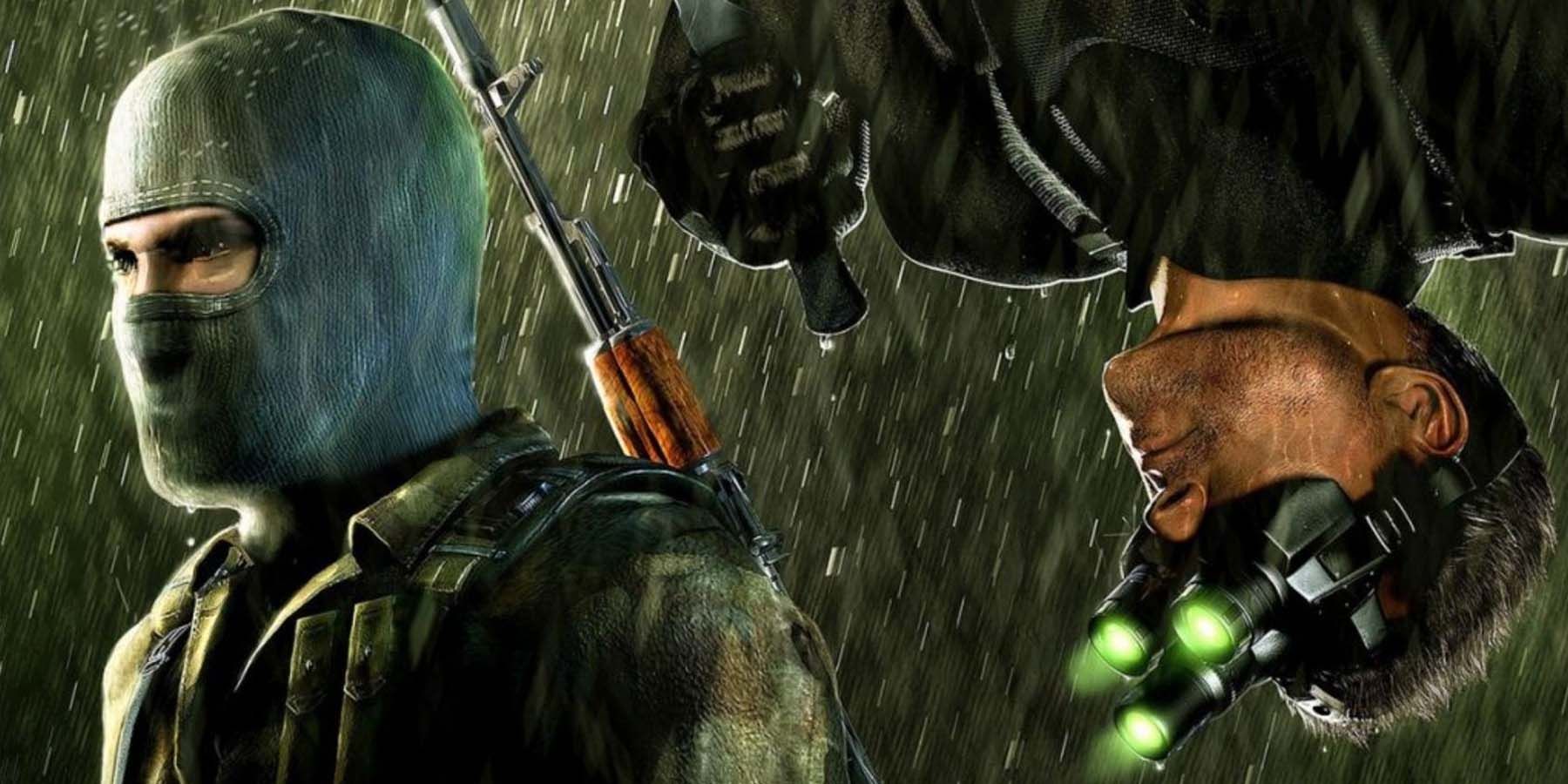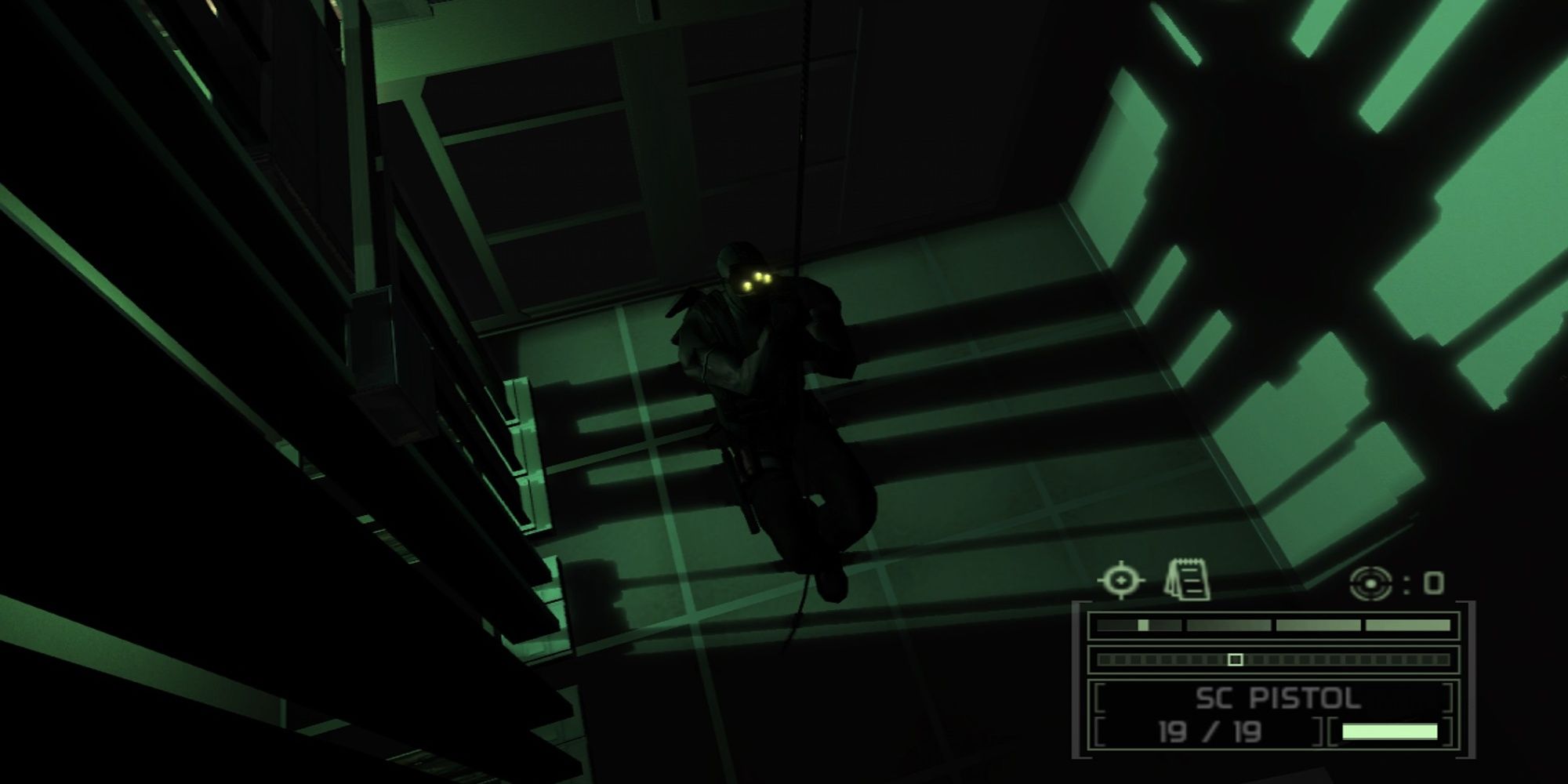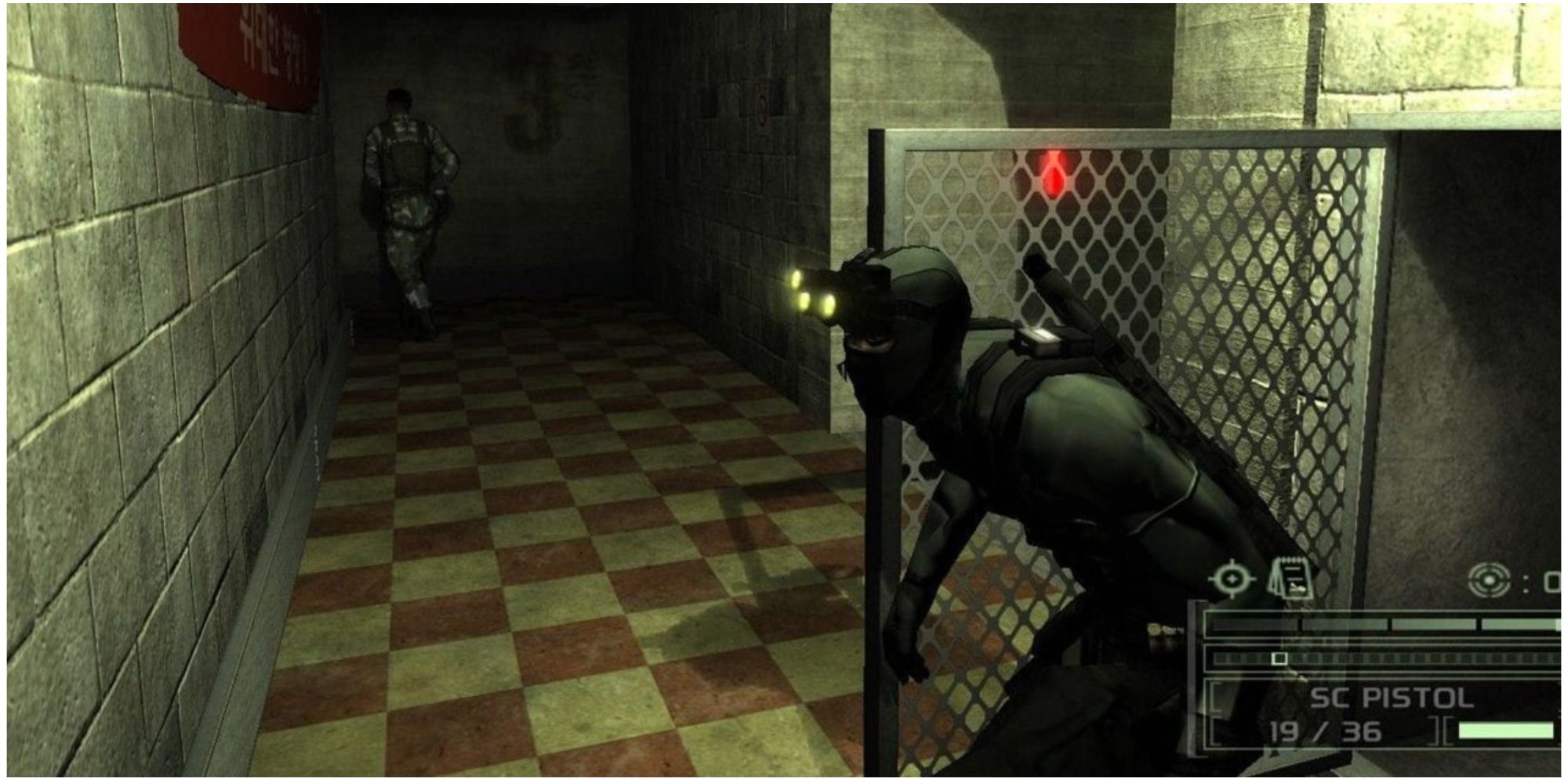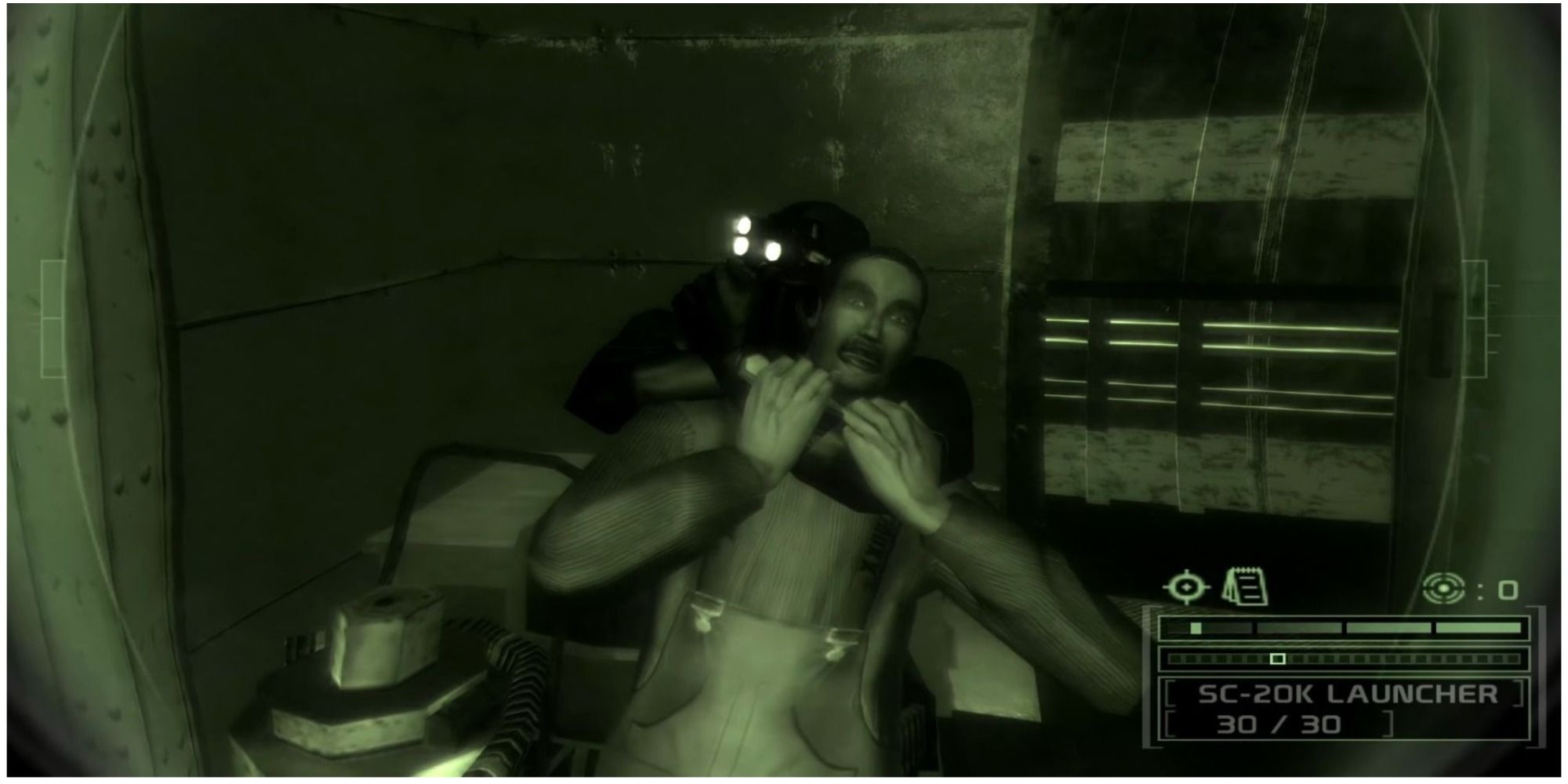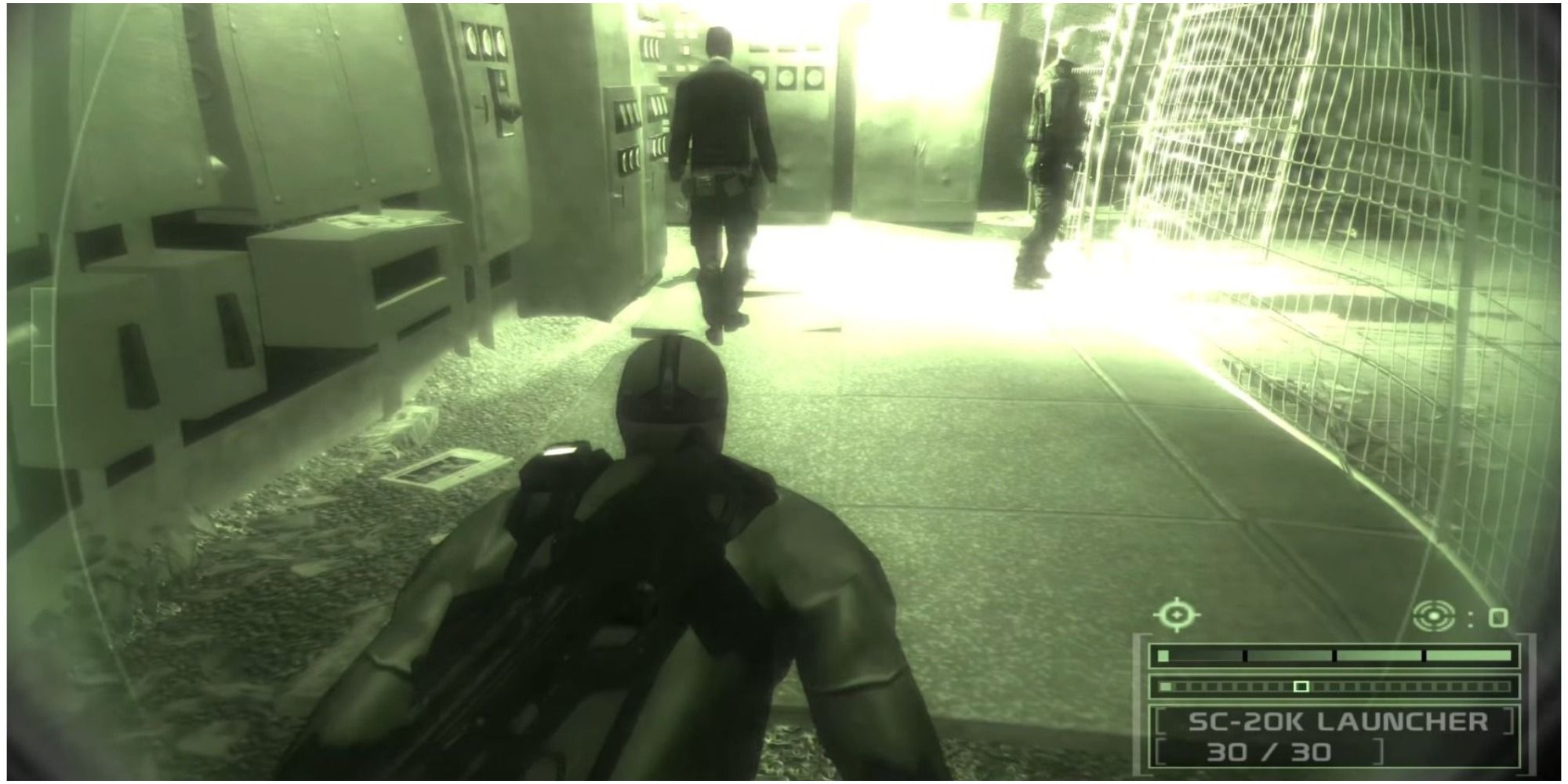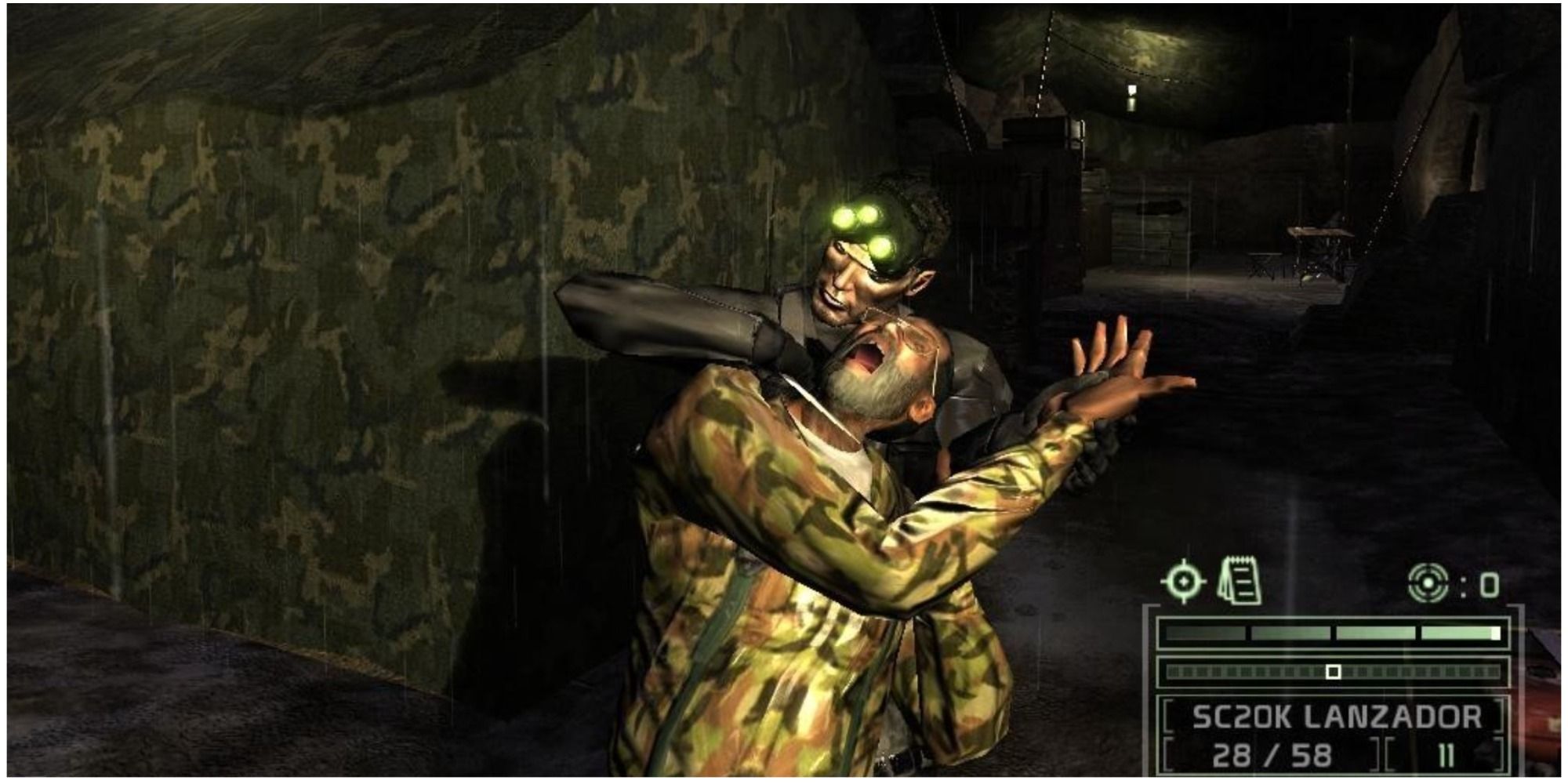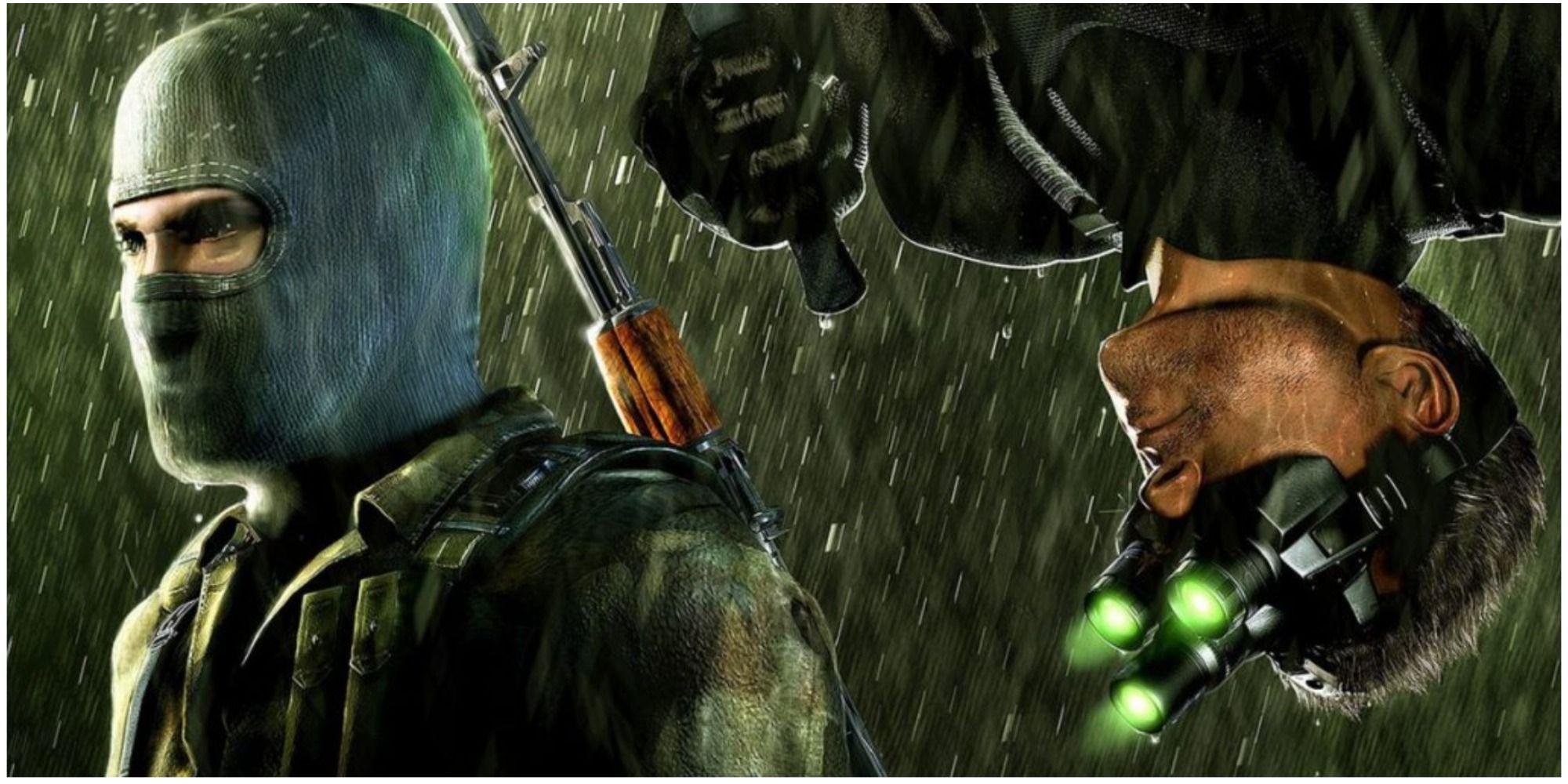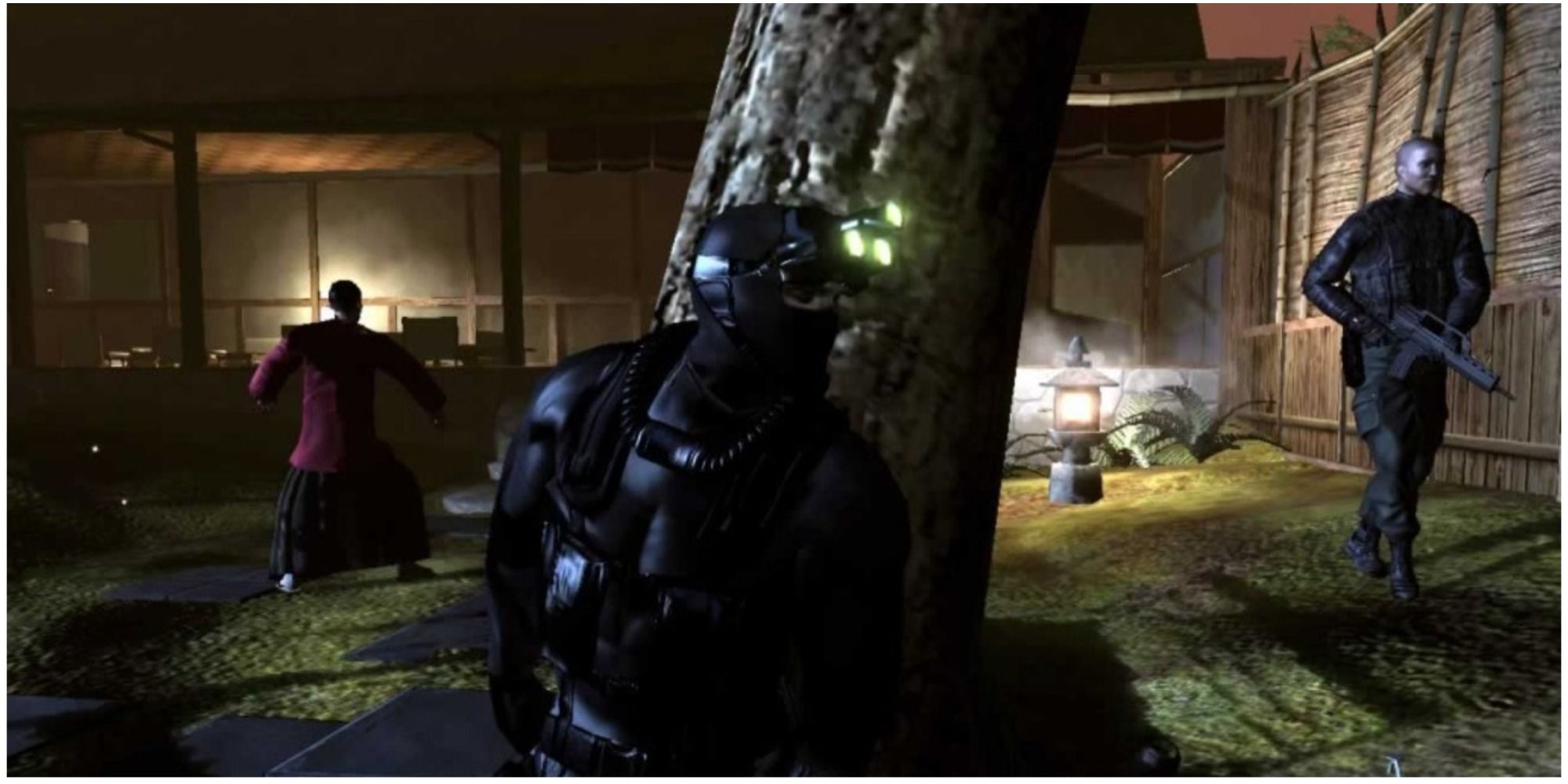It has been almost nine years since the last Splinter Cell game was released and 16 years since fan-favorite Splinter Cell: Chaos Theory came out on the PS2, original Xbox, and the PC. Despite the series' notable absence in favor of cameo appearances in the last two Ghost Recon titles, the Splinter Cell series is still considered among the greatest stealth games of all time. Even with other great games in the genre like Hitman or Dishonored fans are still feeling the void left behind since Ubisoft has seemingly abandoned the franchise for close to a decade.
There are reports of a new Splinter Cell game in development but in the meantime, several fans are being introduced to Chaos Theory thanks to a free recent giveaway from Ubisoft. Chaos Theory is also backward compatible with the Xbox Series X/S and Xbox One, so the game is quite accessible.
7 The Visuals
When compared to the excellent and more recent Splinter Cell: Blacklist, Splinter Cell: Chaos Theory is starting to look a little dated with the facial animations and the low-resolution cutscenes. However, it’s still a great-looking game with surprisingly good textures and animation.
The use of lighting and shadows is masterful in Chaos Theory as players can maneuver Sam around the environments slipping in and out of sight. Even the use of Sam’s thermal and night vision goggles looks great. Chaos Theory runs on Unreal Engine 2 and it’s aged very well in 16 years.
6 The Atmosphere
Thanks to the great lighting and shadows, every environment feels atmospheric, moody, and perfect for a potential spy/ninja to creep around in the shadows. Splinter Cell: Chaos Theory didn’t just create a great atmosphere through its visuals, however, but the sound effects, music, and character interactions all contribute to what is a great stealth experience.
Gamers that grew up loving James Bond and Mission Impossible will get the same espionage movie feel when playing through Splinter Cell Chaos Theory. Everything from the sound effects that emanate from Sam’s goggles to the ambiance provides a realistic and gritty experience.
5 The Grounded Story
Even when Chaos Theory was followed by Splinter Cell: Double Agent (both versions), Conviction, and Blacklist, the 2005 hit is still considered as being the best game in terms of the story. It’s typical Tom Clancy techno-thriller but it’s executed well with a thrilling story and genuinely good script.
Even though the cutscenes bookmark each level Chaos Theory’s strength in storytelling is found during the missions. The game does a great job of leaving information and lore lying around or hidden on computers for Sam to discover. In addition, forcing soldiers to talk during interrogations reveals a significant amount of the story.
4 The Stealth Mechanics
The story is great but Splinter Cell’s biggest strength has always been in making the player feel like a deadly superspy. Except for the Hitman series, no other game comes close to giving the player the kind of freedom and ability to take down enemies without leaving a trace.
Chaos Theory gives the player a lot of variety with its many gadgets offering tons of different approaches to a mission. Players can take the combat approach if they get discovered but the real skill lies in the game’s perfectly executed stealth mechanics. Sam Fisher is so versatile in his environment, and doing the splits Jean Claude Van Damme style between walls as an enemy soldier passes underneath oblivious to the predator that’s waiting for him never gets old.
3 The Voice Acting
Another strength of the Splinter Cell series is its voice acting, especially when compared to the anime-style performances in the Metal Gear Solid series. In Chaos Theory, Sam is once again portrayed by Michael Ironside, the gravely-voiced actor best known for his villainous role in Total Recall.
There is excellent support from Don Jordan as Irving Lambert and Claudia Besso as Anna Grimsdottir (AKA Grim). The actors do a great job of bringing the characters to life. For those people who have played through the trilogy, it's a testament to the quality of the series when players get attached to the characters. The Splinter Cell series portrays a lot of its characterization through the use of radio communication, which is reminiscent of the 24 TV series starring Kiefer Sutherland. Just like that series, Splinter Cell keeps the tension high while also developing Sam as a character thanks to the great performances and good script.
2 The Soundtrack By Amon Tobin
Splinter Cell: Chaos Theory is often credited with being one of the best-looking games of its generation. That’s true, especially on the original Xbox, but its soundtrack also contributed to the game’s atmosphere, making it feel like the most cinematic entry in the series to date.
The opening track, “The Lighthouse,” sets the scene perfectly for this espionage thriller echoing classic James Bone movies. This continues throughout with a style and pace that’s also reminiscent of the Jason Bourne franchise with tracks like the "Kokubo Sosho Battle" theme. The soundtrack was composed by Amon Tobin who hired a live band that consisted of talented musicians from around the world.
1 The Level Design
Even though the Splinter Cell series is fairly linear compared to the Hitman and its World of Assassination series, it still features multiple paths and various ways to get the mission accomplished. This is a feature that would return in the series latest entry Splinter Cell: Blacklist.
Each of the game’s international locales, ranging from an ocean freighter to the South Korean city streets of Seoul, offers so much tactical variety for Sam to create new paths and eliminate his enemies. Making cuts in tents on enemy camps can create new pathways or more opportunities to silently grab an enemy. Moreover, Splinter Cell: Chaos Theory is a game about improvisation there’s no right or wrong way to complete a mission. Of course, one can go back and do it better the next time by restarting the mission or replaying the game.
Splinter Cell: Chaos Theory is available on PS2, Xbox, GameCube, and Microsoft Windows. The Xbox version is also playable on the Xbox Series X/S and Xbox One.

